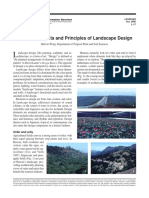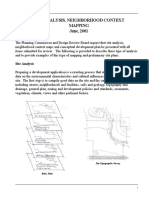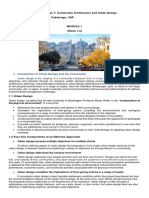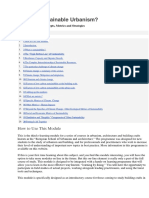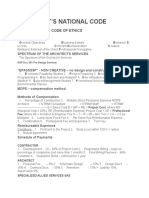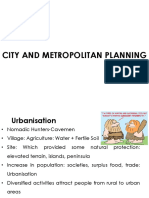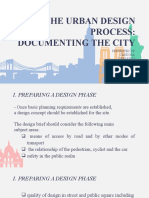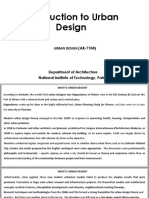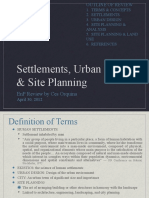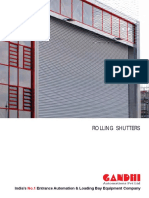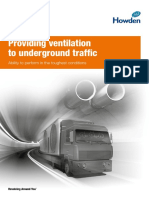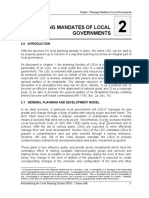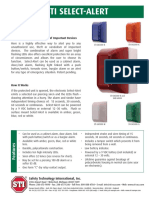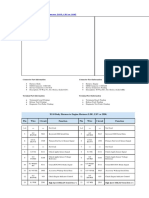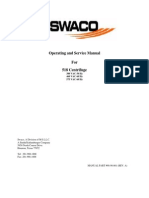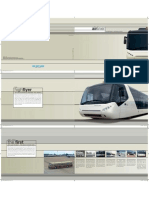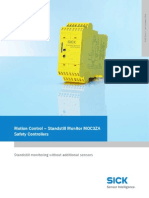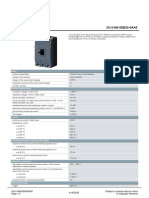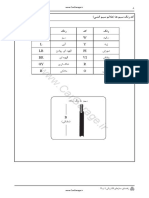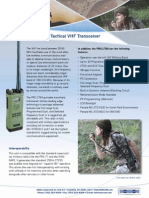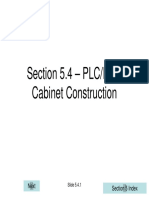0% found this document useful (0 votes)
184 views38 pagesCity Image Urban Forms Functions Print
The document discusses Constantinos Doxiadis' theory of ekistics, which is the science of human settlements. Some key points:
1. Doxiadis believed that modern cities were no longer satisfying humans due to issues like pollution, congestion, and lack of housing/services.
2. The elements of contemporary cities like transportation and zoning were unbalanced, leading to problems as populations and settlements grew enormously.
3. Doxiadis' ekistic theory analyzed settlements using five elements - man, society, nature, shells (structures), and networks (transportation etc.) - to understand and plan sustainable growth.
Uploaded by
Lloyd R. PonceCopyright
© © All Rights Reserved
We take content rights seriously. If you suspect this is your content, claim it here.
Available Formats
Download as PDF, TXT or read online on Scribd
0% found this document useful (0 votes)
184 views38 pagesCity Image Urban Forms Functions Print
The document discusses Constantinos Doxiadis' theory of ekistics, which is the science of human settlements. Some key points:
1. Doxiadis believed that modern cities were no longer satisfying humans due to issues like pollution, congestion, and lack of housing/services.
2. The elements of contemporary cities like transportation and zoning were unbalanced, leading to problems as populations and settlements grew enormously.
3. Doxiadis' ekistic theory analyzed settlements using five elements - man, society, nature, shells (structures), and networks (transportation etc.) - to understand and plan sustainable growth.
Uploaded by
Lloyd R. PonceCopyright
© © All Rights Reserved
We take content rights seriously. If you suspect this is your content, claim it here.
Available Formats
Download as PDF, TXT or read online on Scribd
/ 38













